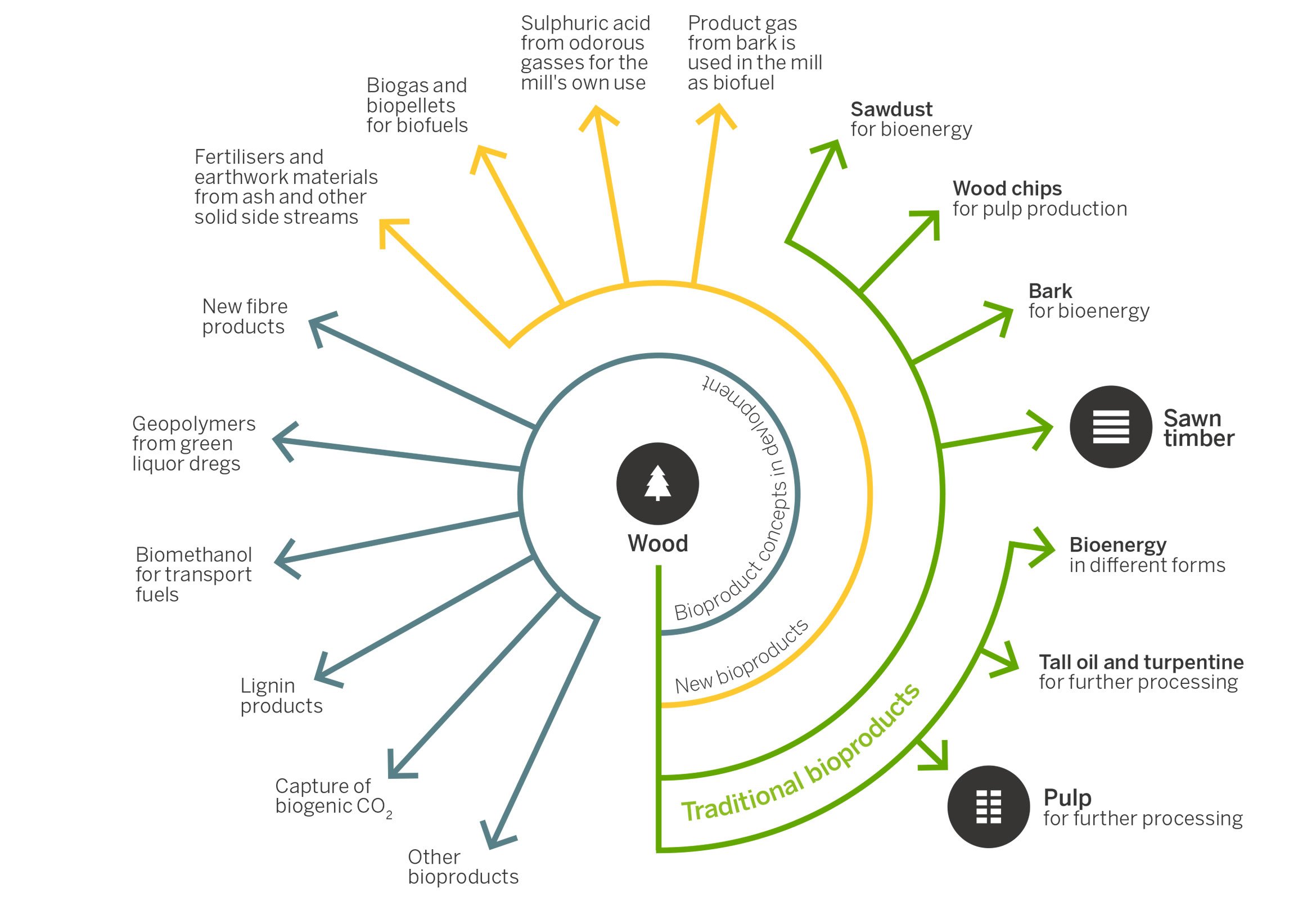

We started our last day at Riveria Technical Training School. Students spend 2-3 years learning to become Cut to Length harvester operators using simulators and harvesters from Ponsse and John Deere.
Next, we visited a forest thinning site and talked with the harvester operator about forest thinning methods

We were joined by the University of Eastern Finland Forestry department staff and walked through the forest discussing forest management practices and the impact of EU and Finland regulations.
At the end of our final night, we attended presentations by Kesla, the European Forestry Institute, Arbonaut, Forest Joensuu, and the city of Joensuu.
What did I learn? I will have several future posts about the differences between Finland and Minnesota forestry management.
Thank you to the Finland government, the Finland business development office, the businesses that hosted us, the university and school staff that taught us, and most of all the people of Finland. They truly love their forests.










